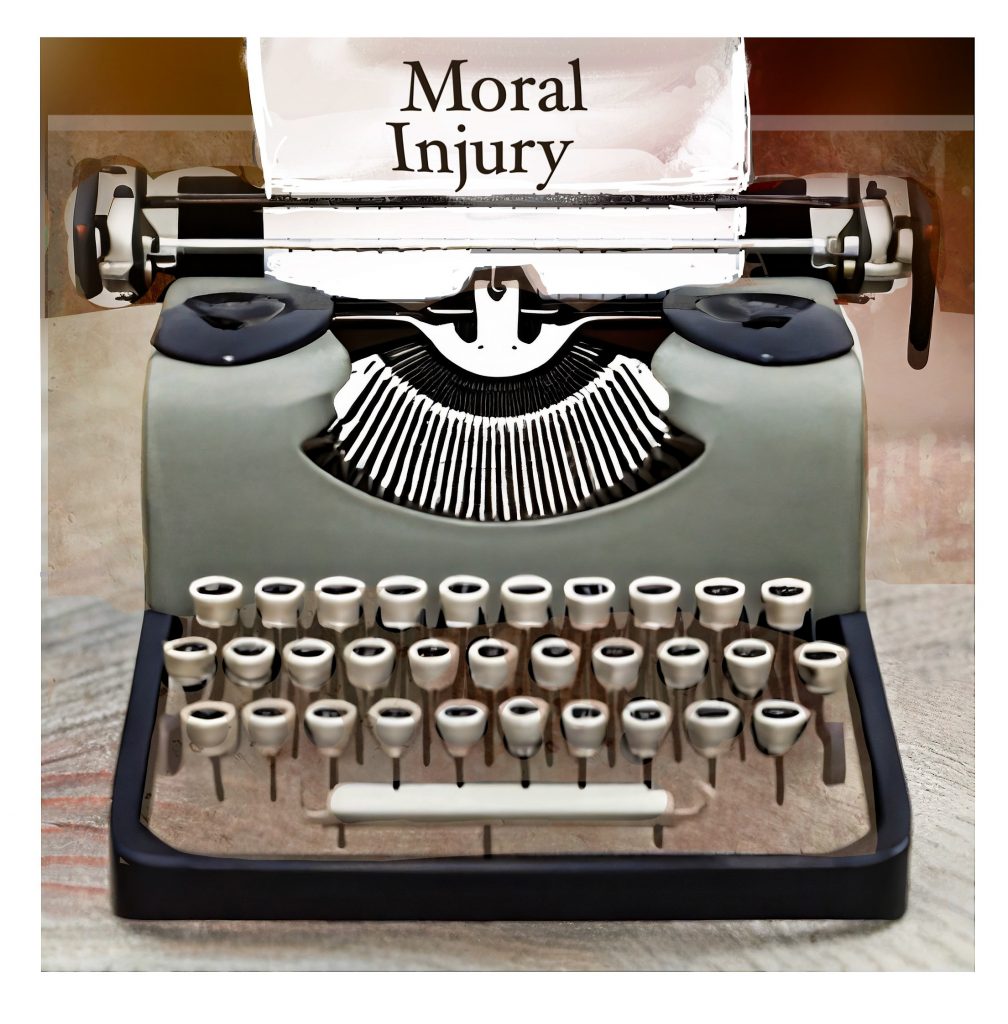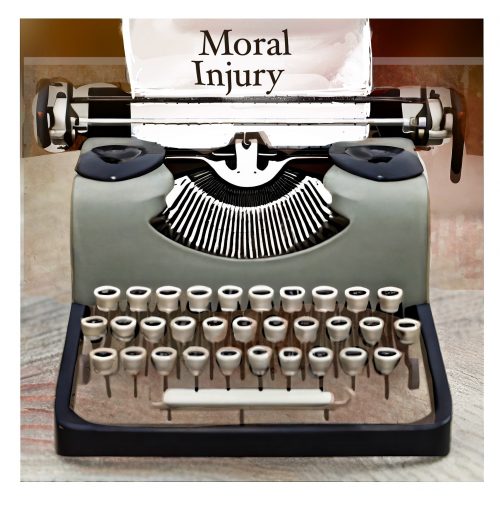A DEEP MORAL CRISIS ACTIVATES THE SAME RESPONSES AS A TRAUMA INCIDENT
In the novel, Kite Runner (2003) by Khaled Hosseini, you read of a young boy name Amir that spends decades trying to overcome the guilt he feels about betraying his childhood friend. He stood by in an alley and let his friend endure a horrific and violating attack.
The novelist shows us HOW MORAL INJURY COLORS YOUR SELF IMAGE :
“I became what I am today at the age of twelve, on a frigid overcast day in the winter of 1975…” In the following paragraph, he describes the enduring power of a guilty conscious with the line ---- “It was my past of unatoned sins”
Hosseini
What could carry this much power?
1. Being asked by your country to do something that is antithetical to your religious or moral values.
2. In order to join a gang, for example, you commit a crime that is very out of character. A few years later when you go into witness protection you still sabotage your new identity because you see yourself as a murderer.
3. In the rituals of joining a fraternity or sorority you participate in a hazing incident. A college friend (weaker and younger than you) is harmed. You want to transfer to another college.
4. In order to be accepted in a peer group you join in on bullying during middle school or high school. Your moral injury could be that you were a bystander and did nothing to help someone being devastated by others.
In the novel The Count of Monte Cristo we learn how this moral injury feels from within the victim. .
Alexander Dumas wrote:
“Moral wounds have this peculiarity – they may be hidden, but they never close; always painful, always ready to bleed when touched, they remain fresh and open in the heart.”
What could carry this much power?
Trauma or Moral Injury
 Be thinking about the fact that beliefs are deeply embedded in our brains during truama or moral injury. What begins and exists off of intense energy is sustained for years and years. AND IT needs to be HEALED in an intense encounter with truth. There may or may not be shame connected to a traumatic life event. There always is shame present with moral injuries. Accusatory beliefs sound internally like deep convictions — but if you examine them closely you will find they were embedded during a time of moral injury.
Be thinking about the fact that beliefs are deeply embedded in our brains during truama or moral injury. What begins and exists off of intense energy is sustained for years and years. AND IT needs to be HEALED in an intense encounter with truth. There may or may not be shame connected to a traumatic life event. There always is shame present with moral injuries. Accusatory beliefs sound internally like deep convictions — but if you examine them closely you will find they were embedded during a time of moral injury.
The problem is that as persons we can not match this information with the identity that we were crafting before the event happened. This level of cognitive dissonance is painful. Many people numb themselves in the weeks following a moral injury. You also find most of the symptoms of trauma happening for the individual. Movie makers have long known the staying power of scenes of moral injury. Think of the multitude of scenes depicting a parent having to place a child in the care of someone else during WW II. Think of the dilemma of deciding which people are going to be given a place on the life rafts that were limited on the Titanic. Think of Sophie’s Choice, a movie about a horrible choice with devastating moral injury for the main character in the movie. We cringe. We hope we would survive a horrific moral dilemma.
MORAL INJURY includes many of the same outcomes of trauma. The primary one, in my thinking, is that one’s story gets distorted. It may be years before the psychological cost is so painful that someone is willing to tell what occurred and engage with a counselor to challenge the narrative they firmly invested in. They may be stuck making choices in line with their overwhelming need to pay for ( or atone) for their violation of one or many of the Ten Commandments.
It is a gift if you are the trusted one to hear the painful story and begin the path of self forgiveness for a person frozen in the past.
| not assigned | The Trauma Experience |
Related Posts
- 3 Trauma Stories & 3 Take-Aways
- Automatic Obedience and Other Reactions
- Defining the Word Trauma
- Distortions of Beliefs
- Efficacy
- Exile Trauma
- Overfunctioning can be a Side Effect of Skipping a Talking Day
- Part Two- Unattainable Memories
- Paucity (Speech Pattern)
- The True Self & Trauma
- Time is Scrambled/*not linear
- True Self Part #2
